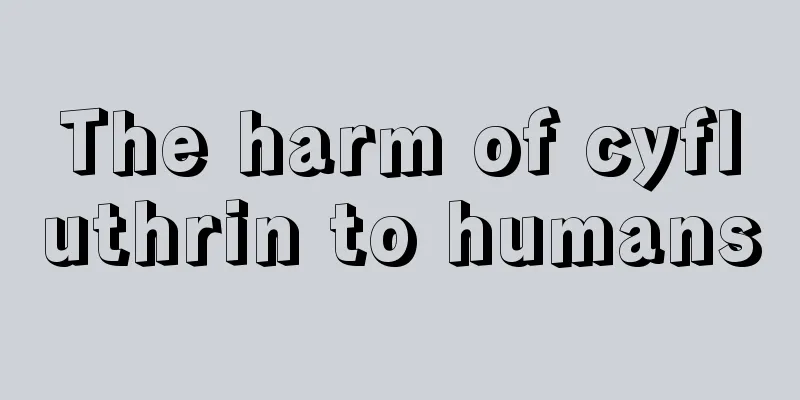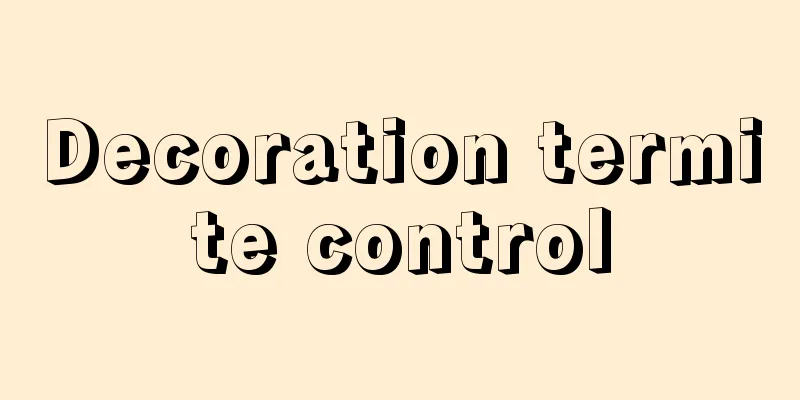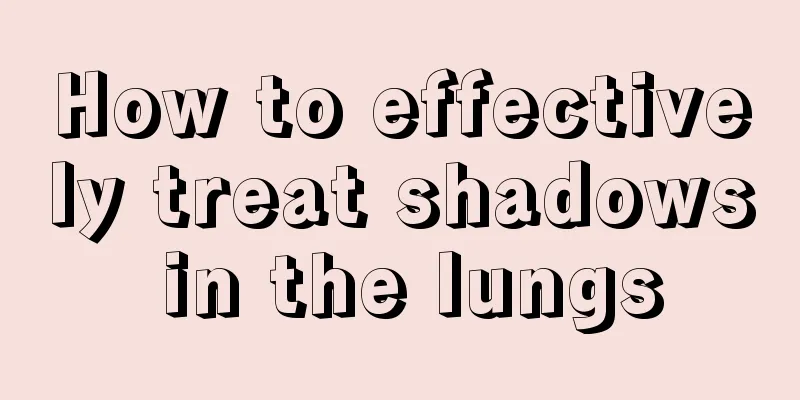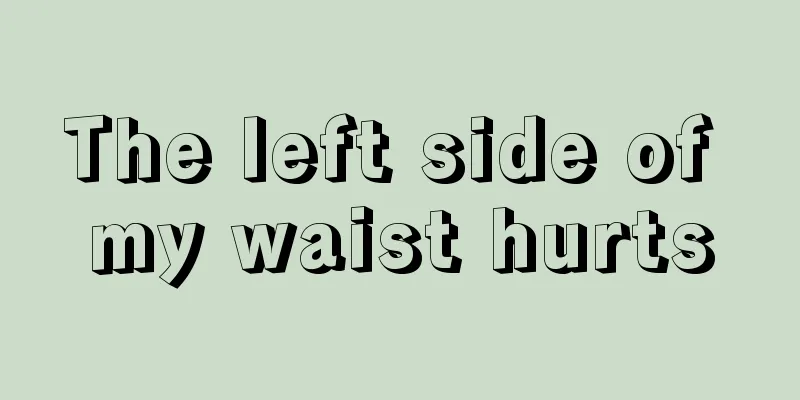The harm of cyfluthrin to humans

|
Flucythrin is an organic chemical. Flucythrin is widely used in agriculture because its main function is to kill insects. So flucythrin is, in a sense, an insecticide, but when using flucythrin, be sure not to allow it to come into contact with the skin, because flucythrin is somewhat irritating to human skin. Today I will explain to you the harmfulness of flumethrin to the human body. Highly effective chlorpyrifos is a neurotoxin that generally acts as a contact or stomach poison and will not cause death. The skin at the contact site may feel stinging, especially around the mouth and nose, but there is no erythema. Rarely causes systemic poisoning. First aid for poisoning: Symptoms of poisoning: headache, dizziness, nausea, vomiting. If inhaled accidentally, the patient should be moved to a well-ventilated area. If it accidentally contacts the skin or splashes into the eyes, rinse with plenty of water for at least 15 minutes. If swallowed by mistake, immediately take this label and send the patient to the hospital for diagnosis and treatment. There is no specific antidote, but symptomatic treatment is available. Gastric lavage can be performed if a large amount is swallowed, but vomiting should not be induced. Additional information Cypermethrin, with the chemical formula C22H19CL2NO3, is also known as Methoxypermethrin and Anlubao. The industrial product is a yellow to brown viscous solid and a viscous liquid at 60°C. It is an insecticide. It is moderately toxic and irritating to the skin and mucous membranes. When heated above 220°C, cypermethrin will decompose to produce cyanide gas. Pyrethroid insecticides. It has the characteristics of broad-spectrum, high efficiency and rapid action. It mainly kills pests by contact and stomach poison. It is suitable for pests such as Lepidoptera and Coleoptera, but has poor effect on mites. It has good control effects on aphids, bollworms, armyworms, loopers, leaf rollers, flea beetles, weevils and other pests on crops such as cotton, soybeans, corn, fruit trees, grapes, vegetables, tobacco, and flowers. The usual dosage is 0.3-0.9g/100m2. For example, to control cotton bollworm and pink bollworm, spray with 1000-1500 times diluted 10% emulsion during the peak hatching period, before the larvae bore into the buds and bolls; for citrus pests, spray with a concentration of 30-100 mg/L; for tea pests, spray with a concentration of 25-50 mg/kg. Be careful not to use it near mulberry gardens, fish ponds, water sources, or bee farms. |
<<: What to do if mosquito bites are extremely itchy
>>: How does TCM diagnose pulse
Recommend
What are the key points in diagnosing skin cancer
Malignant tumors such as skin cancer seriously af...
Is it good to take a shower with alternating cold and hot water
When taking a shower, choose hot or cold water ac...
I feel something under my right ribs
There are many kinds of orthopedic diseases, and ...
Does formaldehyde evaporate quickly when the temperature is high?
Generally speaking, people choose to renovate the...
Which department should I go to if my uric acid level is high?
High uric acid is a very common phenomenon in dai...
Experts explain the harmful manifestations of severe esophageal cancer
The esophagus is the only way for food to enter t...
Treatment of lung cancer
Lung cancer is the most common primary malignant ...
Is vinegar and garlic effective in treating onychomycosis?
Friends who have onychomycosis can treat it by so...
How long does it take for prostate cancer to recur after radiotherapy
We know that cancer is an incurable disease, and ...
What are the fastest ways to get rid of acne scars?
People who have been troubled by acne for a long ...
How to distinguish ugly orange from ugly tangerine
Many people think that ugly oranges and ugly mand...
How is advanced cervical cancer treated? What is the treatment for advanced cervical cancer?
How to treat advanced cervical cancer? Cervical c...
How to remove vertical lines between eyebrows
Vertical lines between the eyebrows are a type of...
Ten amazing uses of hair dryers that you definitely don’t know about
What is the use of a hair dryer? I believe most p...
Is gonococcus serious?
Neisseria gonorrhoeae is the causative agent of g...









